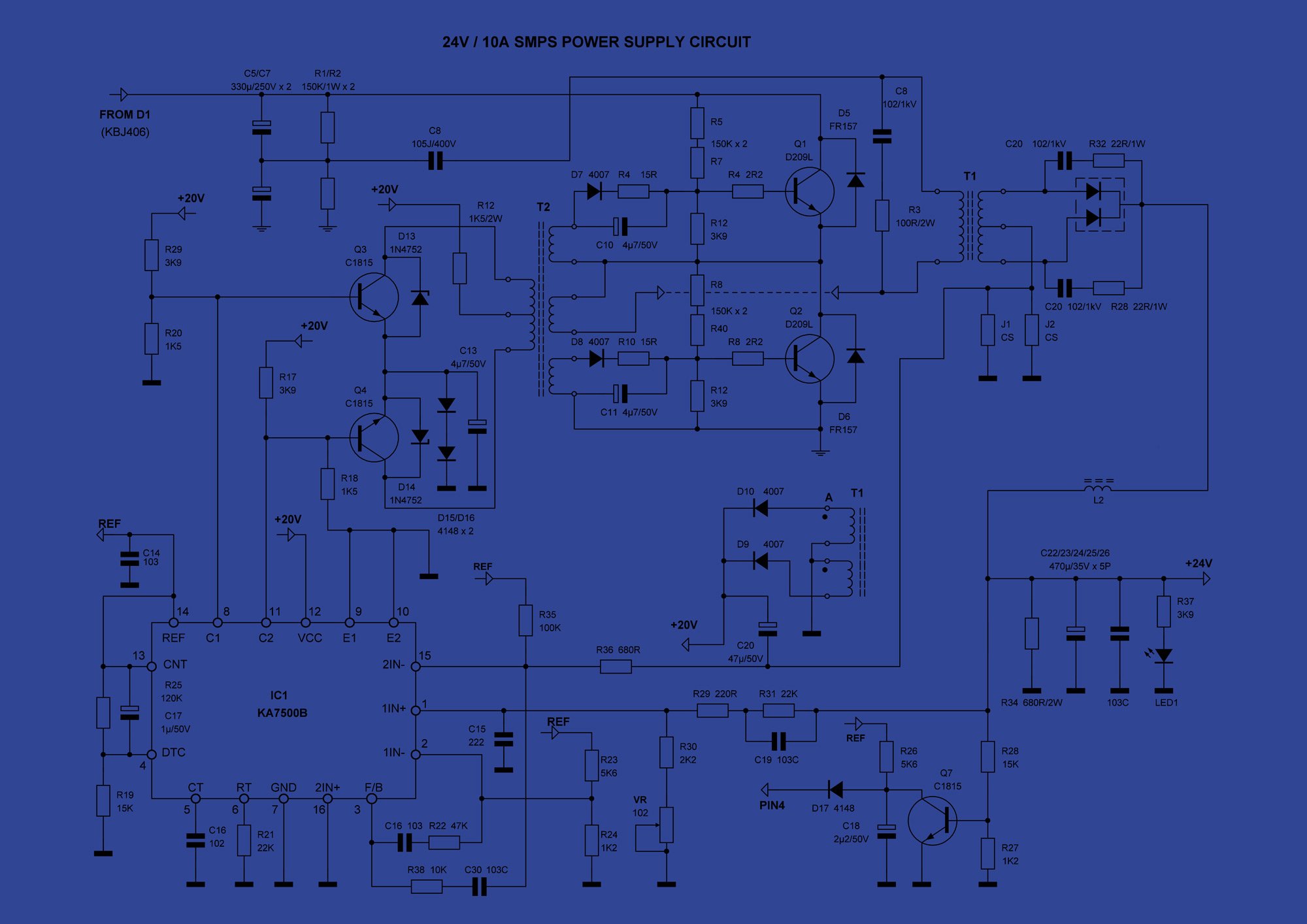

Start Here:
ANSI C63.16: “Guide for Electrostatic Discharge Test Methodologies and Acceptance Criteria for Electronic Equipment”
This is a guidance document for ESD testing that helps the users of IEC 61000-4-2 (as well as ISO 10605 and MIL-STD-461 CS118)
ANSI C63.16 is a useful document meant to provide guidance for engineers and technicians conducting ESD testing to IEC 61000-4-2. Which means it is also useful for people testing to ISO 10605 and MIL-STD-461 CS118 by extension, since those documents are close to identical with the IEC standard. The 2016 version of C63.16 can be purchased here, but you might want to wait. A new version is expected to be published in late 2024/early 2025, which will have several technically substantial updates. I’m on the working group for this revision, so it’s near and dear to my heart.
Some of the topics addressed in C63.16:
Climate conditions during testing
The use of air vs. contact discharges
Test setups
Considerations for the ESD gun return cable
Considerations for the bleed resistors (in the revision, issues of degradation over time are raised)
Test procedures
Selecting test points
Handling large EUTs or those with complex peripheral arrangements
Approach speed for air discharges
In situ testing
Pin discharges
A lot of the guidance found in this document is based on decades worth of lessons learned. It points out things that are easy to miss until they go wrong.
TIP:
There have been a large number of cases where customers report issues in the field that hadn’t been caught and can’t be replicated in the lab. C63.16 aims to add to the minimum number of tests and test conditions called for in IEC 61000-4-2 in order to reduce these situations.
TIP:
The new revision contains an extensive discussion of relative humidity. Humidity can vary dramatically between indoors and outdoors, as well as different locations within a building, so knowing what the conditions are specifically where testing is occuring helps with repeatability. ESD events, in particular air discharges, are known to be sensitive to humidity conditions. On many occasions, the fact that equipment is used in environments far outside the 30 - 60% relative humidity called for by IEC 61000-4-2 is the cause for disconnects between field issues and lab testing as noted above.
ANSI C63.4: “American National Standard for Methods of Measurement of Radio-Noise Emissions from Low-Voltage Electrical and Electronic Equipment in the Range of 9 kHz to 40 GHz”
ANSI C63.4 contains the main test methods used to verify compliance to FCC Part 15 unintentional emissions limits, making it key for consumer electronics.
ANSI is the American National Standards Institute, and C63 is its committee specializing in EMC matters, particularly test and measurement. There is close coordination between ANSI C63 and the IEEE EMC Society and IEEE Standards Association. C63.4 relates to measuring EM emissions from normal electrical and electronic equipment, and it can be purchased here. Most importantly, it is the standard referenced by the FCC (47CFR15) and Canada (ICES-003) for consumer electronics compliance to FCC Part 15 emissions limits. The current version is from 2014, and it is currently being revised for the next release. Which is a great time for us to remind you that it is free to participate in ANSI C63 standard working groups, so please get in touch with us if this is something you’d like to be involved with--we can put you in contact with the right people to inquire.
C63.4 is one of the broad standards, something that works towards being comprehensive instead of very narrow. For one thing, it deals with both conducted as well as radiated emissions. It covers the test equipment needed for this testing, which includes equipment for different test methods covering the same frequency range. It has a section on measuring IT equipment specifically before moving onto more generic methods. It also has a number of normative and informative Annexes providing more information, context, references, etc. The intent is always to protect nearby equipment, be that a Ham radio, a computer or a pacemaker, from interference.
The standard covers test instrumentation (including some very useful information about test antennas, the uses & limitations of different types), test site requirements, considerations for test setups, discussion of relaxations for sporadic transient emissions, and the following specific test methods:
AC power line conducted emissions, 150 kHz - 30 MHz
Radiated emissions, 9 kHz - 40 GHz (for FCC testing, only 30 MHz - 1 GHz is applicable)
Radio noise power using an absorbing clamp
Test setups specific to IT equipment
Recommendations for testing unintentional emitters other than IT equipment
Radiated emissions testing using TEM waveguides, 30 MHz - 1 GHz
TIP:
It should be noted that the testing done in ANSI C63.4 is significantly different than that found in the aerospace/defense/automotive sections. So a unit that qualifies to FCC limits can’t be automatically said to meet MIL-STD-461 RE102 or CE102, CISPR 25, or RTCA DO160 Section 21--or vice versa. For an explanation of the details, see this presentation Ms. Burnham gave to the SE Michigan chapter of the IEEE EMC Society early in 2024.
